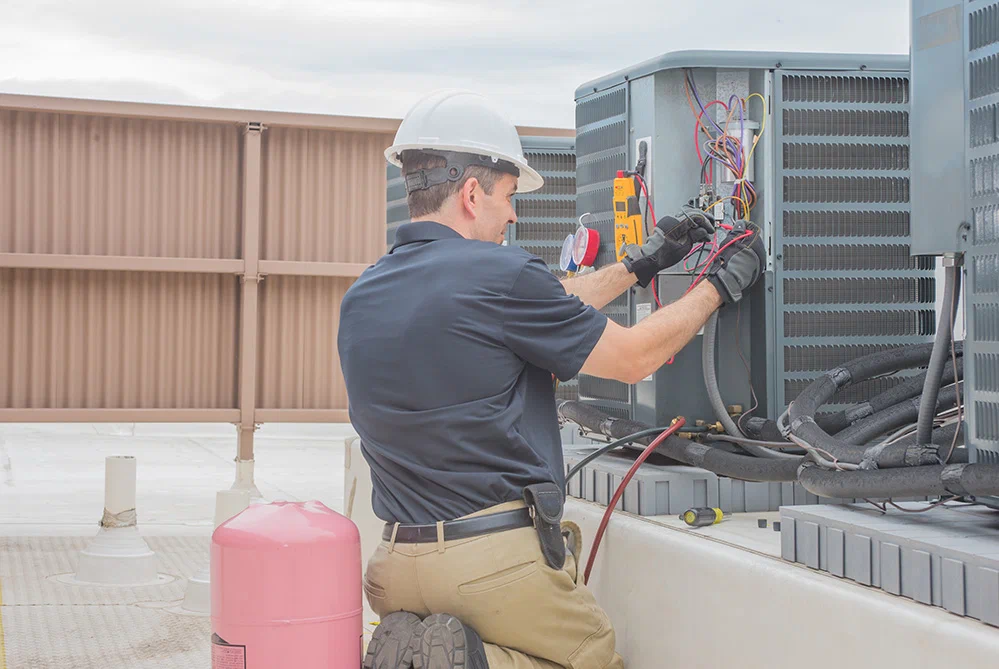Your heating, ventilation, and air conditioning (HVAC) system heats and cools your home while maintaining good air quality. Some variations of heating units in an HVAC system include furnaces, air-source heat pumps, ground-source heat pumps, or ductless mini-split systems. Heating system installation requires regular maintenance checks and servicing to enhance the longevity of the unit. Here are some of the elements that should be checked during heating maintenance:
1. Air Filters
Air filters are responsible for the quality of air you breathe inside your house. Clogged air filters interfere with the airflow into the building, decreasing the efficiency of your HVAC system. Dirty air filters also compromise the quality of air inside your home. Technicians will replace air filters if they are dirty during maintenance checks. Clean filters allow dust-free air into the system for maximum comfort.
2. Gas Supply
Gas furnaces and combustion chambers use natural gas as a fuel source to heat your space. The heating chamber can only work when an adequate and regular natural gas supply exists. They should be checked frequently to catch potential gas leaks. Any repairs will be handled immediately to prevent carbon monoxide poisoning or other gas-related accidents.
3. Electrical Supply
Unlike natural gas-fueled heating chambers, many other heating units are powered by electricity. To maintain an adequate power supply, professional technicians will check all electrical connections for faults and replace any damaged parts. All electrical connections may be linked correctly to complete the system’s circuit. They verify that voltages and current readings accurately reflect on the electrical interfaces for maximum heating unit efficiency.
4. Thermostat
Thermostats have a thermometer directly linked to your system’s power supply. They are programmed to automatically switch the system on and off, depending on your temperature settings. They are checked during maintenance to confirm they are calibrating accurately. A good thermostat can conserve your system’s energy when not in use.
5. Vents
During heating system installation, technicians connect the air vents or ducts to your HVAC system. Supply vents distribute air from the system into individual rooms, while return vents do the opposite for reconditioning. Vent leakages can compromise the air supply in your home. HVAC technicians check that all vents open and close correctly to allow efficient airflow in and out of your house.
6. Moving Parts
Some moving parts in an HVAC system include the blower motor and the heat pump fan. HVAC professionals lubricate all moving parts to prevent resistance to their intended motion. Resistance means that your system will require more energy to move the affected part. Less resistance means your system will conserve energy, potentially saving you money on your utility bills.
7. Flame Sensor
The flame sensor is a safety component of a furnace located on the interior of your heating chamber. It checks whether a flame is burning inside the chamber. If there’s no flame, it can turn the furnace off to prevent gas leaks. Technicians may check the flame sensor during maintenance to improve your furnace’s safety.
Get Reliable Heating System Installation Today
Combine your HVAC installation with regular maintenance checks to enhance your system’s longevity. Regular maintenance checks prevent potential damage to your system, enabling it to operate efficiently. A sound HVAC system can last for years if well-maintained and regularly checked. Contact a reliable HVAC company near you for installation questions or maintenance checks.
